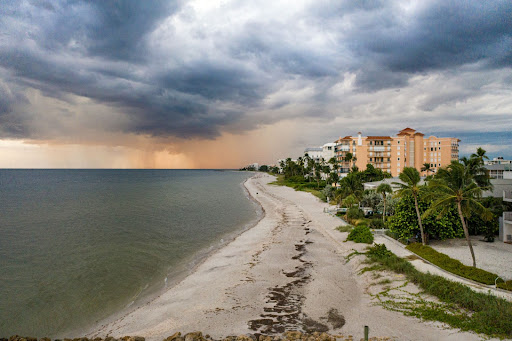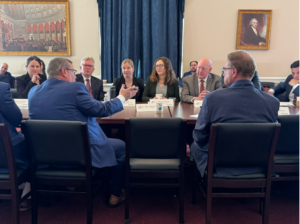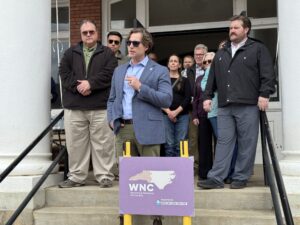November 30, 2021
—
This year’s Atlantic hurricane season has come and gone, but its impacts will last for years. The season, which formally ended November 30, affected communities from the Gulf to the East coasts and everywhere in between.
Headlined by Hurricane Ida, the 2021 Atlantic hurricane season cost the country billions in damages and flooded rural and urban communities alike. On top of physical damages, the storms also scarred communities, with impacts from storms resulting in dozens of lives lost.
As we prepare for a future of stronger storms, made worse by rising sea levels, we also must learn from the impacts that are unfolding in real time.
Here are four takeaways from this year’s hurricane season:

Storms are more frequent and intense
Stronger, more frequent storms are defining recent hurricane seasons. In the last five years, seven major hurricanes have hit the U.S. And with 21 named storms, this year’s hurricane season was once again more active than normal.
These storms are unleashing record rainfall. Tropical Storm Henri caused New York City to have its wettest hour in recorded history. Ida dumped over a foot of rain in parts of Louisiana, plus inches of rain across Maryland and southern New England. And Tropical Storm Nicolas unleashed 10 inches of rain in places still recovering from Ida.
Rather than rely on historical data to create flood maps, which are the basis of everything from zoning to flood insurance, we must account for future projections, as these impacts will likely be more severe than in the past.
Hurricanes are incredibly expensive
This year, hurricane season had four storms that cost over a billion dollars. Ida alone cost $65 billion in damages, making it the fifth-most expensive storm in recorded U.S. history.
If we invest in resilience ahead of storms, we could reduce much of these damages. A FEMA-funded study estimates that every $1 spent on adaptation measures can save $4 to $11 after the disaster, with the highest returns coming from upgraded building codes.
The Infrastructure Investment and Jobs Act, which was signed into law this month, will jumpstart some of these projects, with roughly $35 billion to help communities prepare for and adapt to flooding. We cover all of this new law’s flood resilience measures in a separate blog post.
Storms ignore political boundaries
Hurricanes may strike the Gulf and East coasts, but impacts are felt hundreds of miles away.
Tropical Storm Fred, for example, made landfall in Florida, before triggering rescues in western North Carolina. Tropical Storm Elsa whipped across Florida and Georgia before heading up the East Coast. And impacts from Ida stretched from Louisiana to New England.
Because hurricanes ignore city, county, and state lines, we must ensure that our preparations and recoveries work across these boundaries. Some states are leading the charge on this:
- This year, Florida passed a landmark law, “Always Ready,” which creates a statewide plan that prioritizes resilience. The law puts over $100 million annually toward resilience projects and also makes it easier for smaller, rural communities to access these funds.
- In North Carolina, the legislature set aside $800 million for resilience in next year’s state budget. That money will help North Carolina break out of the costly cycle of disaster spending and help communities prepare for future flooding.

With the right solutions, we can avoid the worst damages
As we saw from this hurricane season, storms’ impacts are wide-ranging, from downed power to polluted waters to deluged buildings and roadways.
Because of these differences, as well as the unique geography of places affected by storms, different communities will need different flood solutions. In New Orleans, levees installed after Katrina withstood the impact from Ida and reduced potentially catastrophic flooding.
Not every city needs multi-billion dollar levees, though. For some, creating more green spaces or investing in permeable pavements can manage flood risk. Solutions that help communities reduce flooding can also provide added benefits. AFC’s Adaptation for All guide can help local leaders find approaches to flooding or sea level rise that work best for them.
As storms become stronger and occur more often, we must prepare for their impacts. With federal funds from the new infrastructure law, plus lessons from the 2021 hurricane season, we can continue building resilience against flooding and create stronger, better prepared communities.
This post was authored by Brandon Pytel, Communications Associate at the American Flood Coalition.






